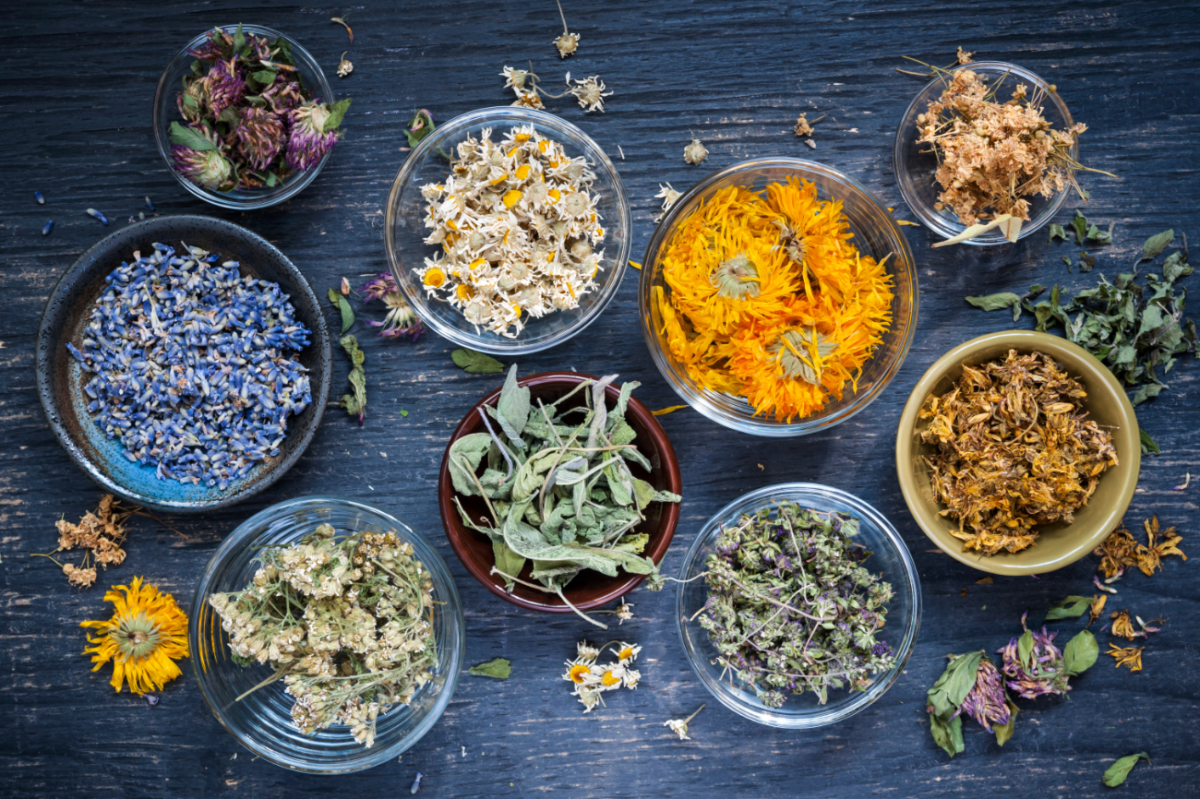“We all know that green tea is healthy,” read the 2018 article “Tea Nuances: Exploring the World of Green Tea Blends.” Research published after that was written tells us it’s not that simple.
The first of the two main complications is how much we take in over a period. As Peter Keen pointed out in “Herbal Teas: Know the Risks So You Can Enjoy the Benefits,” tea concentrates and extracts may or may not have the same effects as a cup or two of tea. You read “Green Tea Extract on Consumer Reports’ List of Potentially Harmful Supplements” the year following “Green Tea Promising for Treating Adult Acne,” which looked at safety research on such extracts! The potential harms listed there for Green Tea Extract included “Dizziness, ringing in the ears, reduced absorption of iron; exacerbates anemia and glaucoma; elevated blood pressure and heart rate; liver damage; possibly death.”

Whew! When I drink several cups of green tea, though, even if I take in the same amount as I would have in one capsule of extract. There’s a difference. I take the active ingredients in over a longer period, and the water of the infusion helps flush it through.
The second complication is trickier. I’m me, you’re you: we have different genetic makeups, we have experienced different years and health histories, and we take in different foods plus, quite likely, medications.

Both major complications have been suggested as reasons that the dose-response curve is a complex thing. A first guess might figure that anything affecting our bodies should do so less in small amounts and more in larger amounts, with a pretty smooth response curve going from low doses to high. Departing from teas and tisanes (herb teas) for a moment, a cookie containing a small piece of milk chocolate doesn’t affect me much, except perhaps for the yum. I’m not diabetic, and I can
afford the calories of the minor indulgence. On the other hand, a cookie containing cocoa nibs, the beans processed to make chocolate is way more potent; I’ll get buzzed by its caffeine. (I have baked both kinds of cookies; I know!)
One point of my chocolate example is that I want to look for optimal intake levels. High doses can have powerful effects. A disturbing summary of research related to green tea pointed this out. It warns of the potential for liver damage in people who take high doses of, once again, powdered green tea extract. How high is the dose? That’s going to be my point: not very.
I’ll quote the 2020 review article verbatim:
“Published adverse event case reports associate hepatotoxicity [liver poisoning] with EGCG [epigallocatechin-3-gallate, which normally functions as an anti-oxidant, but they mention also can serve as a pro-oxidant] intake
amounts from 140 mg to ∼1000 mg/day and substantial inter-individual
variability in susceptibility, possibly due to genetic factors. Based on
these findings, USP included a cautionary labeling requirement . . .”
In other words, at some level varying from person to person, these ordinarily valuable tea components can hurt us instead of protecting us. I didn’t find it hard to plug in numbers to understand how I might moderate my intake. If, on average, I brew a cup of green tea containing 70 mg of ECGC, if I want to protect myself at the most conservative level, the article suggests I’d limit myself to enjoying two of them over a day. If I trusted my health to be much sturdier, I might choose to wash down a potful. Either way, I’d feel more secure because I was drinking an infusion rather than washing down capsules.
Fact-check source:
Oketch-Rabah HA, Roe AL, Rider CV, Bonkovsky HL, Giancaspro GI, Navarro
V, et al. “United States Pharmacopeia (USP) comprehensive review of the
hepatotoxicity of green tea extracts.” Toxicology Rep. 2020; 7:386-402.
http://doi. org/10.1016/j.toxrep.2020.02.008.
Tea Market
Get More Value from Your Tea: BRU Maker One
+41794574278
Jacque's Organics
(647) 804-7263
Valuable guideline.